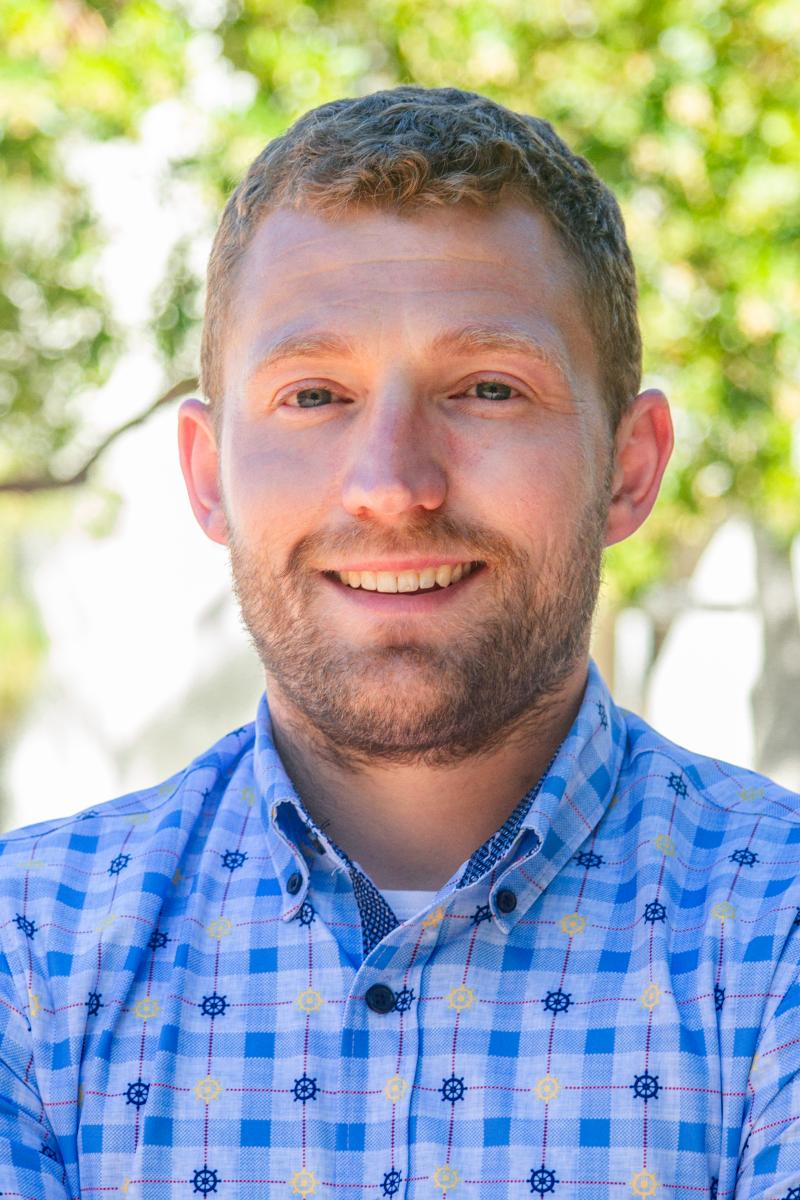Dr. Paul Plucinsky
Seminar Information

Shape-morphing finds widespread utility, from the deployment of small stents and large solar sails to actuation and propulsion in soft robotics. Kirigami and origami metamaterials, formed by patterns of slits (or creases) and panels, are a versatile platform for shape-morphing, inspiring the design of many morphing structures and devices. However, it remains a challenge to predict their response to a broad range of loads and stimuli. This talk explores general theoretical principles
for homogenizing origami and kirigami metamaterials.In the first part of the talk, we describe a coarse-graining procedure to determine all the slighty stressed (soft) modes of deformation for a large model system of periodic and planar kirigami. The procedure gives a system of nonlinear partial differential equations (PDE) expressing geometric compatibility of angle functions related to the motion of individual slits. Leveraging known solutions of the PDE, we present illuminating agreement between simulations and experiments across kirigami designs. Our results reveal a dichotomy of designs that deform with persistent versus decaying slit actuation, which we explain using the Poisson’s ratio of the unit cell.
In the second part, we start from a bar and hinge model for the elastic energy of a generic four parallelogram panel origami pattern, and derive a complete set of geometric compatibility conditions identifying the pattern’s soft modes in this limit. The compatibility equations form a system of partial differential equations constraining the actuation of the origami’s creases (a scalar angle field) and the relative rotations of its unit cells (a pair of skew tensor fields). We show that every solution of the compatibility equations admits a well-defined soft mode — a sequence of origami deformations with finite bending energy and negligible stretching. We also show that the limiting energy of these sequences is a plate-like theory for parallelogram origami patterns with an explicit coarse-grained quadratic energy depending on the gradient of the crease-actuation and the relative rotations of the cells.
Paul Plucinsky is an Assistant Professor in the USC Department of Aerospace and Mechanical Engineering. His research interests lie at the interface of solid mechanics, materials science and mathematic, where he applies a theory-guided approach to range of topics including the design and modeling of origami and kirigami metamaterials. Prior to joining USC in 2020, Paul was a Postdoctoral Scholar in Aerospace Engineering and Mechanics at the University of Minnesota. He
received his Ph.D. in Mechanical Engineering at Caltech in 2017, and a B.S. in Civil Engineering and M.S. in Structural engineering at the University of Michigan in 2011. He received the NSF CAREER Award in 2023.
